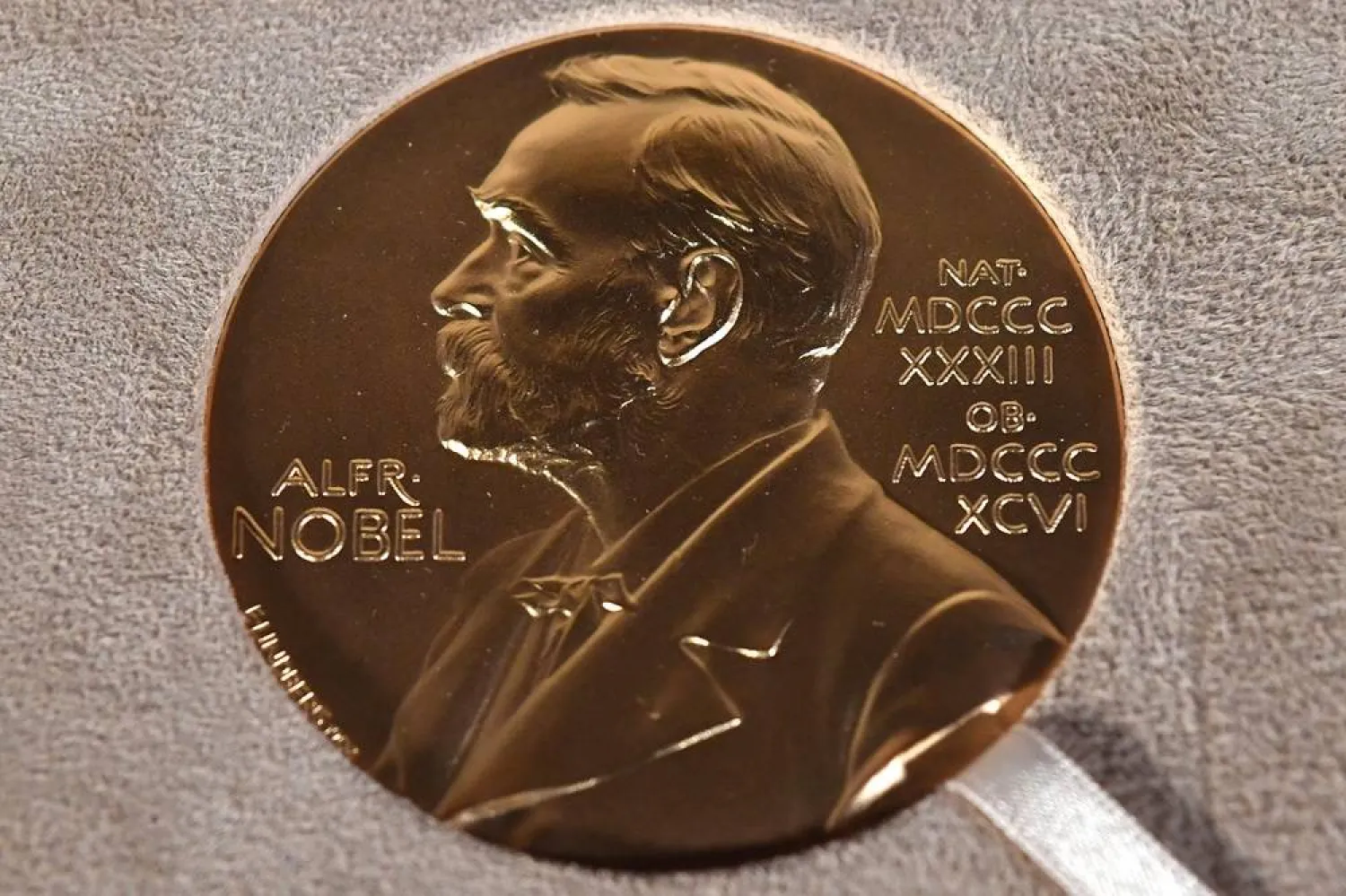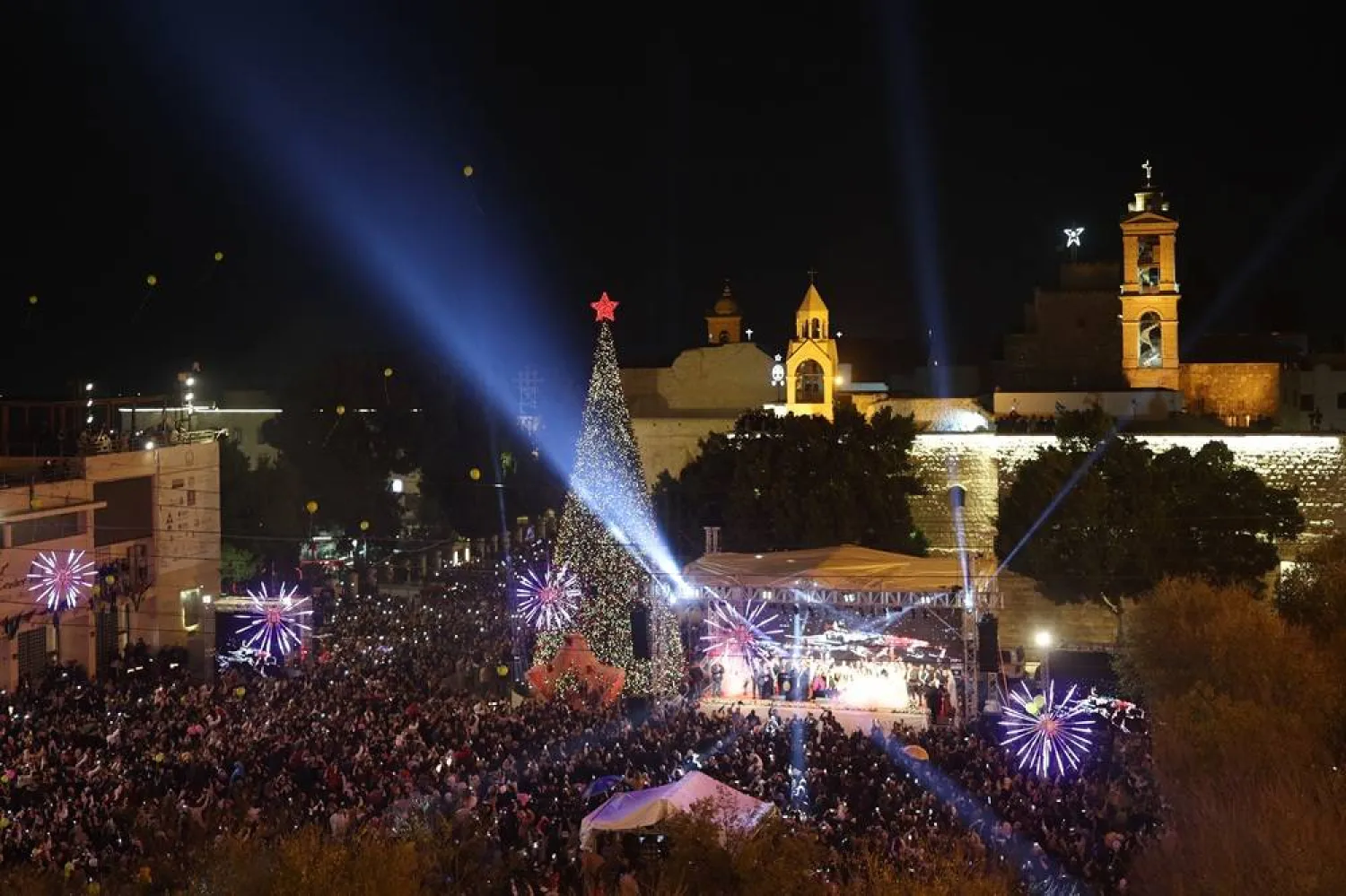Dr. Mohammed Bin Abdulkarim Al-Issa, Secretary General of the Muslim World League (MWL) and chairman of the Muslim Scholars Association, has received the Norwegian Bridge Builder Award.
The Oslo-based award committee said Al-Issa has made exceptional efforts to build bridges between people with different religious and cultural backgrounds, and described him as "a leading global force for peace and cooperation between nations and religions, and combating extremist ideologies."
The award distribution ceremony was held at Oslo's Opera Hall, in the presence of a large number of international figures, including religious leaders, scholars, heads of major international organizations, and a wide spectrum of Norwegian political, religious and community leaders including former Prime Minister Kjell Bondevik.
Al-Issa received a cable of congratulations from a number of European officials, saying that he is a clear and distinct voice for peace and cooperation between nations and religions. "This accolade is a recognition and encouragement to continue his great efforts in promoting tolerance, respect and love," they added.
In his speech after receiving the award, Al-Issa said that "building bridges … are the gateway to understanding and cooperation, leading to the peace of our world and the harmony of our societies around the world.”
On conflicts resulting from religious, cultural, political and other divides, Al-Issa said: "Distancing ourselves from each other builds walls of fear, suspicion and misunderstanding. This will raise anxiety, and hatred, and then lead to conflicts, and this has happened around the world unfortunately."
Al-Issa called upon the followers of religions and civilizations to join forces, discarding accusations and combating hate speech and acts of violence and terrorism.
"Nothing is better than recognizing that the difference among humans is a natural aspect of our life, and that hatred and exclusion based on cultural, religious, or political differences cannot be justified."
"Sincere love in its full sense is the greatest peacemaker, and teaching it is the responsibility of the family and education, from childhood to the early stages of youth. The educational process needs to focus on teaching shared values in an interactive way. The world learned how to make weapons of mass destruction but did not learn values," he concluded.
In past editions, the Bridge Builder Award was introduced to many prominent international figures including former US President Barack Obama, King of Norway, and the current head of the World Health Organization. The annual ceremony is attended by the royal family in Norway, prime minister, and a number of ministers and members of parliament.









